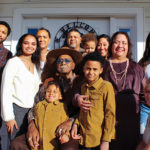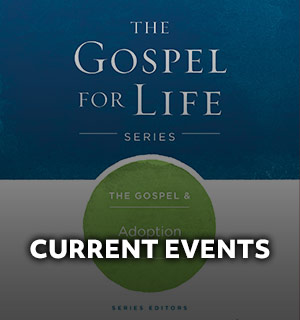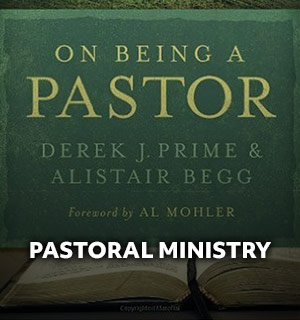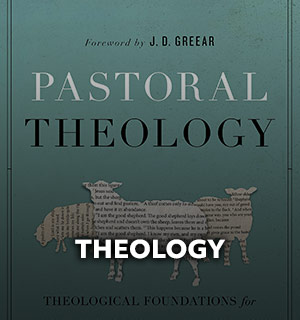
Pastors can implement the essentials of building community in the church in various ways, accounting for spiritual and cultural implications.
By Daniel Sanchez
In a recent Lifeway Research study of Hispanic Protestant churches in the United States, researchers studied areas of community, discipleship, evangelism, and the next generation. The research demonstrates U.S. Hispanic churches are effective in communicating the message of salvation, discipling people, ministering in their communities, and starting churches.
And in the research, pastors revealed six essential elements for building community. There are a variety of ways these essentials can be implemented in U.S. Hispanic Protestant churches (as well as other churches), taking into account spiritual and cultural implications.
1. Fostering unity
The concept of unity is prevalent in Hispanic thought. This is revealed in the saying: “En la unión está la fuerza” (there is strength in unity). This concept is applied to the Hispanic family. Miguel de la Torre describes Hispanic families as:
…essentially affiliate, extending the nuclear family through a set of relationships that are maintained across generations and geographic locations. Therefore, the familia is composed of parents, siblings, aunts and uncles, cousins, and other relatives within the extended network of genetic kinship termed parentezco.
The concept of family is prevalent in the Hispanic church. Church members see themselves as a spiritual family. This has significant implications for the way Hispanic churches carry out their activities to promote a spirit of unity.
2. Encouraging openness
While the concept of openness is clear in Scripture, the manner in which it is viewed and practiced can vary from one culture to another. Among Hispanics, there is significant variety in that some groups are typically more extroverted than others.
“While the concept of openness is clear in Scripture, the manner in which it is viewed and practiced can vary from one culture to another.” — Daniel Sanchez Click To TweetHispanic churches express sensitivity to this in evangelistic services by asking people to fill out a card and making plans to visit them in their homes instead of going forward during the invitation. In counseling situations, it may take time for Hispanics to open up and share about difficult situations they are facing.
3. Building trust
The saying “es una persona de confianza” (this is a trusted person) reveals Hispanics are typically person-centered and often wait until they know a person well before being involved in any business dealings or personal relationships. This has significance for evangelism. Building trust is an essential element in everything Hispanic churches do.
4. Communicating clearly and with empathy
Due to the fact that there are significant generational and linguistic variations in the Hispanic-American population, communication is a challenge. While statistics indicate 34% of Hispanics in the U.S. are first generation, 36% are second generation, and 30% are third generation, in Hispanic churches, 58% are first generation, 24% second generation, and 17% first generation.
This indicates U.S. Hispanic churches are not as effective as they can be in reaching second and third-generation Hispanics who communicate more easily in English. There is a need, therefore, for Hispanic churches to have services in Spanish and English as well as bilingual services.
“The main goal of Christian churches is not to retain the culture but to communicate the gospel.” — Daniel Sanchez Click To TweetDue to selective assimilation, many in the third generation retain Hispanic values that strongly emphasize family ties and the desire to worship in Hispanic settings. The more assimilated ones are excellent prospects for Anglo churches. We must keep in mind that the main goal of Christian churches is not to retain the culture but to communicate the gospel.
CHURCHES NEEDED
| Generation | Language | Culture |
| First (Immigrants) | Spanish | Hispanic |
| Second (Children of Immigrants) | Bilingual | Bicultural |
| Third (Grand Children of Immigrants) | English | Anglo |
5. Agreeing on vision and purpose
In light of the Great Commission, Hispanic church members’ vision should be not only to reach Hispanic Americans but all of the cultural groups in America as well as the people groups of the world. The U.S. now constitutes the second-largest Hispanic group in the world. The fact that Hispanic Americans have learned to deal with two languages and two cultures enables them, as was true of the apostle Paul, to adjust more readily to other cultures and languages, thus enabling them to communicate the gospel message with empathy and understanding.
The Antioch church is an excellent model for the Hispanic church. Fleeing Jerusalem for their lives, many Christians went to Antioch. Upon arrival, they spoke “the word to no one except Jews” (Acts 11:19, CSB). While it was natural for them to reach those who spoke their language and shared their culture, they were being disobedient to the Great Commission as expressed in Acts 1:8.
“The U.S. Hispanic church, in light of its cultural and linguistic diversity, can serve as a powerful instrument for world evangelization.” — Daniel Sanchez Click To TweetThank the Lord, however, for Acts 11:20: “But there were some of them, men from Cyprus and Cyrene, who came to Antioch and began speaking to the Greeks also, proclaiming the good news about the Lord Jesus” (CSB). This evidently pleased the Lord, for when Barnabas came to them, he “saw the grace of God” (Acts 11:23, CSB). Acts 13 indicates that the leadership of the church had people from several cultures and economic levels. It was this church that became the base for the missionary endeavor as it sent Barnabas and Paul to preach the message of salvation to Greeks as well as Jews (Acts 13:2-3).
The U.S. Hispanic church, in light of its cultural and linguistic diversity, can serve as a powerful instrument for world evangelization. It must progress from being a mission field to a missionary force.
6. Bearing the fruit of the Spirit
In all its efforts of evangelism, discipleship, ministry, and church planting, churches should remember the words of our Savior Jesus Christ: “I will build my church, and the gates of Hades will not overpower it” (Matthew 16:18, CSB). It is important to focus on the pronouns. He did not say “I will build your church” or “You will build your church.” When we speak of the church, we must be aware that it is the church of our Lord Jesus Christ. This is a spiritual endeavor and one which has the Lord’s promise: “I am with you always, to the end of the age” (Matthew 28:20, CSB).
While being deeply appreciative of its cultural heritage, the Hispanic church must always keep in mind that its mandate is to be an instrument for the evangelization of all people groups.
For permission to republish this article, contact Marissa Postell Sullivan.
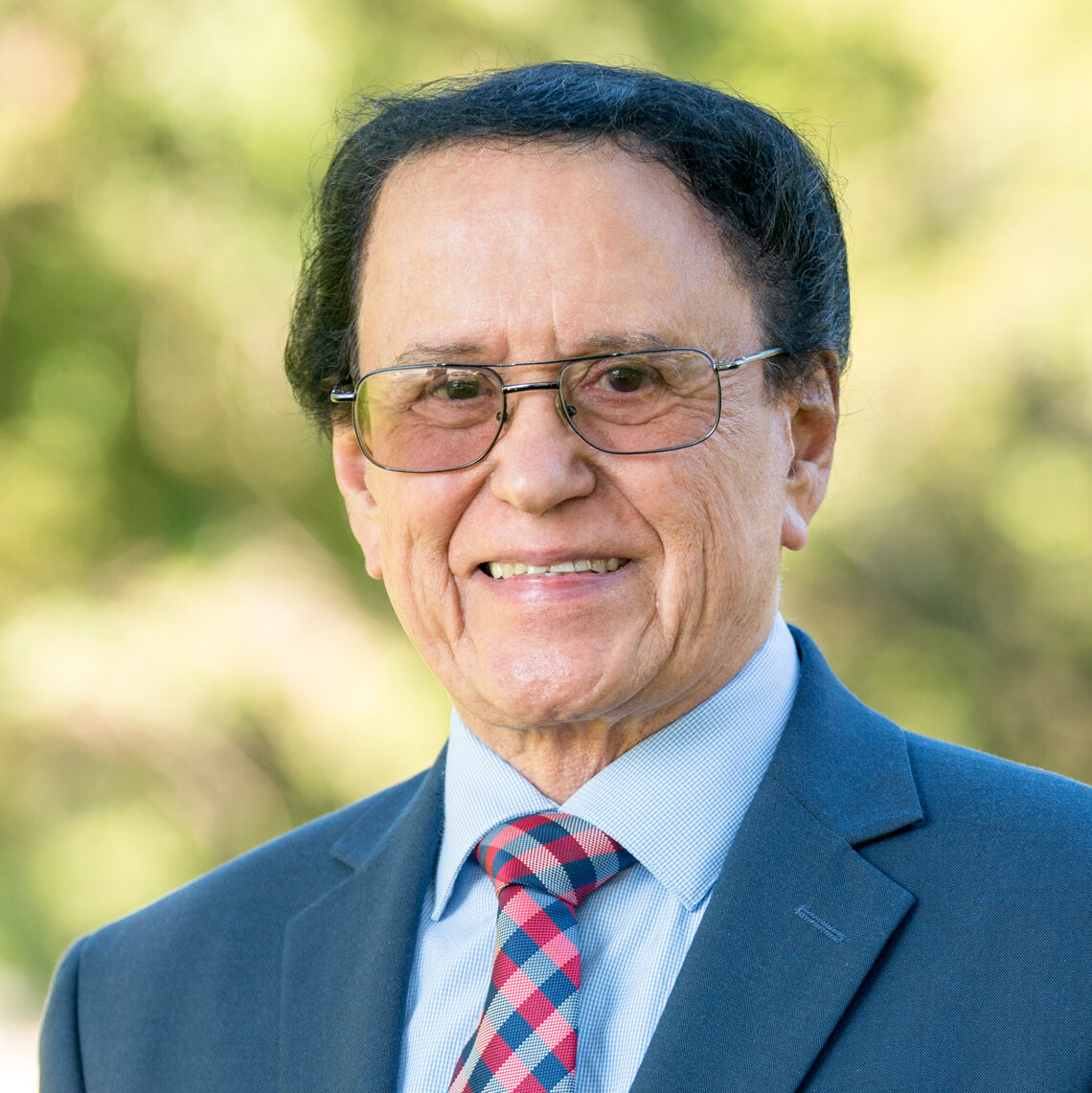
Daniel Sanchez
Sanchez serves as distinguished professor emeritus of missions in the Roy J. Fish School of Evangelism and Missions at Southwestern Baptist Theological Seminary. He has taught at Southwestern for almost 40 years. Prior to his tenure at Southwestern, he served as a missionary in Panama, a church planter, and as the evangelism director and state missions director of the Baptist Convention of New York.




